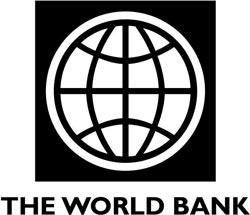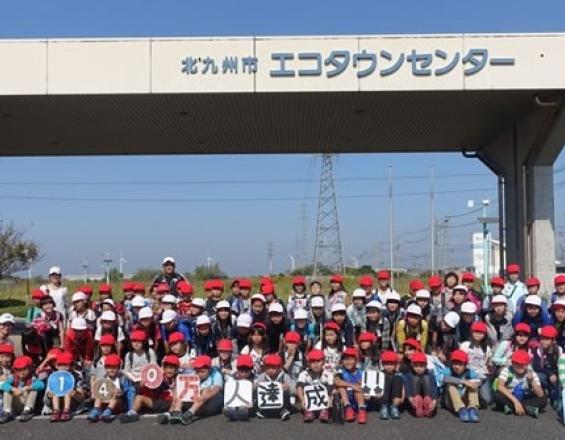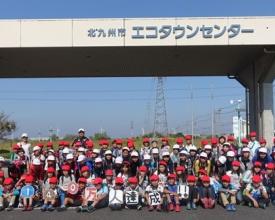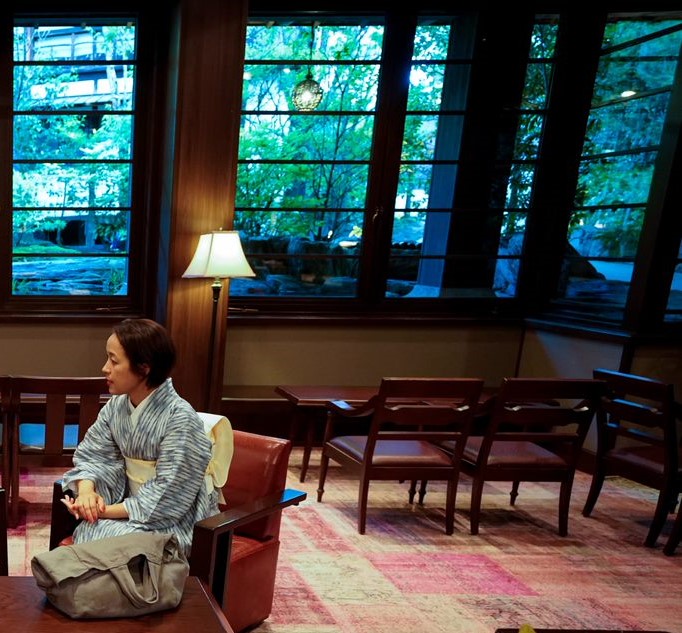
Achieving a Sound Material-Cycle Society

Kitakyushu City's growth was based historically on development of heavy industry, such as iron and steel. Successfully addressing serious environmental pollution caused during the period of industrial growth, the city has been recognized internationally as an eco-friendly city. Having experienced the decline of heavy industry, the city promoted an “environmental recycling industry” as one of the next-generation industries. Meanwhile, waste volumes were increasing all over Japan due to mass production and waste. In order to address such waste-related issues, the city developed the Kitakyushu Eco-Town Plan, which was approved by the national government in 1997 as the first case of “Eco-Town Project”. The project generated positive impacts on economy, society and environment in Kitakyushu City.
Contexto
Défis à relever
While Kitakyushu City's heavy industries initially brought economic prosperity, they also caused serious environmental problems. Citizens, especially the mothers of small children, stood up and tackled this issue through engagement with both the public and private sectors. Their collective approach resulted in improving their environment significantly while simultaneously achieving economic growth. The city faced another challenge around the 1980s, following the decline of heavy industry due to the economic depression and intense competition on the international market. Companies of conventional industries in the region suffered deteriorating competitiveness, and so they needed to transform their business to a complex industrial structure.
Ubicación
Procesar
Summary of the process
The availability of a strong base of local firms and infrastructure, pressing need for the local economy to change the nature of its core industry, historical and continuous efforts by the community for public education and risk communication, were all aligned in a timely manner in a way that various stakeholders came together (albeit with different motives) to pursue a common goal.
Building Blocks
Utilization of Existing Technologies and Infrastructure Systems
Kitakyushu City could benefit from the old industrial cluster with technologies, infrastructure, and logistic systems refined during the previous industrial development era in the town. These existing assets were adapted to or repurposed for new recycling industry. There was also a demand nearby the town for recycled goods, which did not have to be transported over a long distance. As a result, transaction costs for the location of the recycling facilities has declined because the recycling industry is concentrated in the Eco-Town.
Enabling factors
- Accumulated resources and infrastructure for industries;
- Vast land and facilities available for industry and waste treatment in Hibikinada.
- Variety of basic technologies that can be adapted for recycling
- Geographical proximity to the market of recycled goods
Lesson learned
Many technologies, infrastructure, and logistic systems in the nation have been refined during the previous industrial development era. These with abundant recourses of knowledge and expertise have formed industrial agglomerations on vast land available at the time in suburbs. To meet current social and economic needs, these established ecosystems are possibly altered to clusters of next-generation industries like recycling industry and Eco-Town.
Changing the Nature of Core Industry through Partnership among Multiple Stakeholders
Partnership among governments, private companies, academia and citizens was key to the success for Kitakyushu’s Eco-Town. Public and private sectors collaborated to establish the recycling industry even before the launch of the Eco-Town Project in 1997. For instance, a steel company, which later became one of the main companies in the formation of the Eco-Town, transformed their old-fashioned business to a new complex industrial structure including recycling. It collaborated with the city and other private entities in order to commercialize the business and recycle PET bottles. Therefore, when the policy of the national government for the Eco-Town Project and a sound material-cycle society were announced, Kitakyushu City welcomed this development and was in a good position to begin. The city also has collaborative partnership with research institutions that provides new methods and technologies for Eco-Town projects and waste management. Endorsement by the citizens to the project is another critical factor for sustainable project implementation.
Enabling factors
- Aligning the different interests of multiple stakeholders to pursue a common goal
- National programs on Eco-Town development that provide subsidies to local initiatives
- Cooperation network among citizens, local governments and companies
Lesson learned
A premature market of recycling products calls for public initiatives to expand the new industrial cluster. On the other hand, cutting-edge technologies and knowledge of private companies are vital factors for innovative activities on recycling, which enhance both corporate profit and public interest. Thus, building close partnerships among governments, private companies, academia and citizens contributes to materializing the idea of a sound material-cycle society.
Impacts
Economic Impact: According to a 2015 document, the total investment for the Eco-Town Project amounted to approximately JPY 66 billion and the project has 1,400 employees. The cumulative number of visitors between 1998 and 2012 is approximately 1 million. In addition, the special tax “environmental future tax” was introduced in 2001, and generated JPY 5.2 billion in 2004.
Social Impact: By 2015, approximately one million people had visited Eco-Town. In 2012 alone, approximately 4,000 people from overseas visited the town. Educational and promotional activities make a difference in the long-term, because residents gain higher environmental awareness. They then tend to make more of an effort to reduce garbage and lessen their environmental burden as well as to influence behavior. It is also interesting to observe that Kitakyushu took advantage of having an Eco-Town to promote the city’s recognition both internationally and domestically, resulting in residents having a favorable outlook towards the local government.
Environmental Impact: Due to the Eco-Town Project, the city succeeded in reducing landfill waste from 31.5% in 1996 down to just 10.5% in 2001 while increasing the recycling rate from 40% in 1991 to 61.7% in 2001. The Eco-Town Project also contributed to a reduction of 380 thousand tons of CO2 per year.
Beneficiaries
- Residents of Kitakyushu City
- Private companies in Kitakyushu City
Sustainable Development Goals
Story
Kitakyushu Eco-Town Project:
The Kitakyushu Eco-Town Project has been carried out in the Hibikinada Area of Kitakyushu City since 1997. It aims to promote “zero emissions” through re-utilizing waste as the raw material for other industries, thereby fostering a resource recycling society. Kitakyushu City formulated several comprehensive strategies for basic research technology development, testing and industrialization to achieve these objectives and promote the creation and industrialization of environmental industries. Basic research and education are conducted in the Kitakyushu Science and Research Park (KSRP), which hosts various research institutions from in and outside of Japan. Practical research is conducted in the experimental study area (6.5 ha), where both research institutions and private companies are clustered. They implement experimental studies, particularly on technologies related to final disposal sites, recycling, and detoxification of toxic substances. In the Hibikinada area, Kitakyushu City constructed the Comprehensive Environmental Complex. This complex hosts facilities for recycling materials and energy. Eight projects are in operation in the area, and the whole 20ha area has been filled since 2005. In addition to materials and energy recycling businesses, the city has invited automobile recycling facilities and SME recycling companies to the Hibikinada Area. Multiple treatment facilities were also constructed to treat residues discharged from Eco-Town and other areas, meaning there is no waste generated from the area. These treatment facilities also provide heat, and wind power generation has also been in operation in the Hibikinada area since 2003. Eco-Town Project is subsidized by two types of funds: the so-called “eco-town soft” subsidy, which subsidizes up to 50% of the costs of feasibility studies, exhibitions, and information provisions to residents and companies; and the so-called “eco-town hard” subsidy, which subsidizes up to 33%–50% of the construction and management costs of the recycling facilities. Kitakyushu City also tries to secure a sustainable budget for implementing environment-related policies including this Eco-Town Project with a tax called the “environmental future tax”. This is a special, local-purpose tax imposed on landfill of industrial waste. Since the tax is not imposed on intermediate treatments, it is also expected to promote recycling activities of companies and reduce any waste generated from them.






